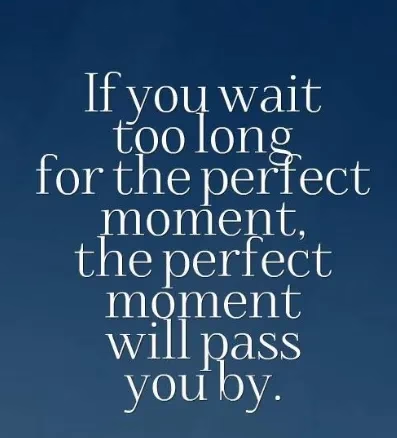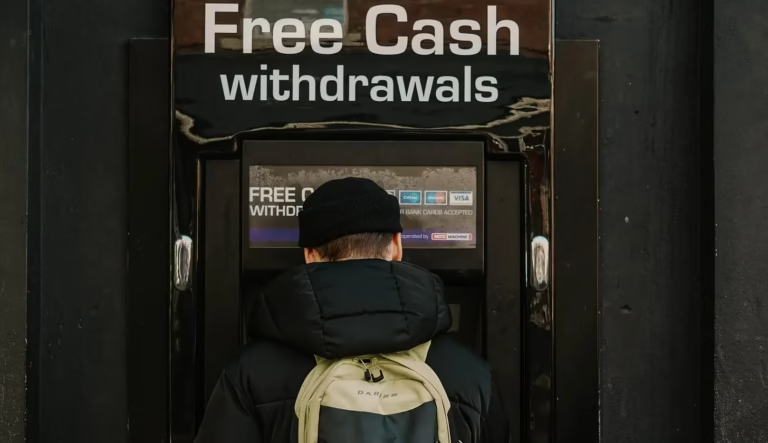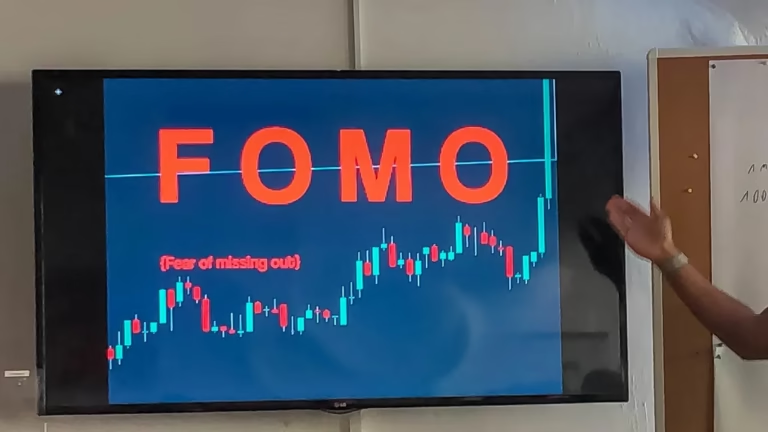How Doing the Same Can Save You Thousands on Interest
It’s finally available to us — Holistic Repayment.
As you may know, I am originally from Germany and I have often asked myself how we ended up with the system of banking and financing we are used to in the United States.
Some may say that we took a lot of the US banking system from the one established long ago in Britain — Boston Tea Party — you recall…
That is probably true, but one thing I have never understood is the way we pay off the mortgages on our houses.
A brief disclaimer: I am not a financial advisor, or lawyer, or broker, or anything like that. However, I do have 20+ years of experience in real estate investing and draw what I am describing from that experience.
What is typical in the US is the fact that you get a mortgage, say for 30 years and we look at the same payment for each month. There is really no rule that says it has to be done this way, but almost all banks and lenders do it that way.
We, as the consumers are used to doing it that way. If you buy a house for $180K these days, you can expect to have a mortgage payment of about $850-$900/month assuming you had put about 20–25% as a down payment.
With a smaller down-payment, your monthly payment is probably around $1000.
That will be your payment for 360 months in a row, maybe with a minor fluctuation if the property taxes and the insurance increases over the years. That’s called an “Escrow Adjustment”. Basically, the bank or lender calculates how much it will cost to pay for those things and if there is a shortage they let you know and adjust your monthly payment by a few dollars.
If you have one of those mortgages you can look in that big stack of papers and find the “Amortisation Table”. It shows you each payment month to month all the way to #360.
Besides the payment, it also typically shows you how much of the amount is interest and how much is principal. In case you are not familiar with the terms, the principal is basically how much you actually pay back on the loan. Some people also say, “pay down on the balance”
You will see that the amount you pay in principal is tiny for the first few years and most of your payment goes to interest. That’s so the bank or lender gets all of the money they are entitled to first and then the real repayment starts.
In that same stack of closing paperwork, you can see how much the total amount of money will be after you have paid all 360 payments. You’ll see that it is typically 2x as much as the property value. So your $180K house ends up costing you about $360K.
Some people argue that it isn’t fair that you have to pay the bank almost all of their half of the $360k first and then you get to pay down the actual loan. Anybody who says that is right.
It can get really frustrating if interest rates are falling as they have in the last few years. You might have bought a house in 2018 at 4% interest and now you can get 3% on the same house. When you decide to refinance you will see that you barely paid anything back on the original loan because these first 2–3 years almost all of the money you put in each month went to the bank.
There is another way that has always been available in other countries and now you can also get it in America.

There are a bunch of different names for this alternative way. I call it “Holistic Repayment”
It’s holistic because it does not look at your mortgage payment as something totally removed from all your other finances.
If you use a credit card for most of what you buy each day, you can see online that the balance is adjusted each day. Most people are not aware that you can pay off that balance at the end of the month and have no interest payment. Only if you keep part or all of the balance will you have to pay the crazy credit card interest rates.
The important part is that your balance is calculated for each purchase and your interest would calculate from the day you started each purchase in case you don’t pay off the card each month. It’s adjusting daily.
Imagine you had that for a mortgage and all your other transactions too.
That’s Holistic Repayment.
You get the same loan for your $180K house at about the same interest rate and for the same theoretical 360 months duration. The big difference is the actual repayment part. You don’t have the same amount to pay each month. You only have a minimum that covers the interest on the current balance.
What does that mean? (I know this is an extreme example to illustrate the point)
Let’s say you earn $10,000.00 each month as income.
You put that in your Holistic Repayment plan and at Month #1 you owed $140K just before your paycheck arrives. As soon as you deposit that paycheck in your Holistic Repayment bank account your balance goes down to $130K.
Now for the next 30 days, until you get paid again, the loan is calculated based on that balance.
In a traditional mortgage, your payment will reduce the balance by maybe $100 and it will only get adjusted at the end of the month. That’s a huge difference.
To take full advantage, I always suggest making all purchases for anything you can imagine in your life with a credit card. That way the balance on your house loan stays pretty much at $130K for the whole month.
At the very end of the month when you get your credit card statement, you pay the balance in full. Let’s say you spend $8,500.00 in that month, so your balance in your Holistic Repayment account goes up to $138,500.00.
Now, that’s only for a few days until your next $10,000.00 paycheck comes in, and then it is down to 128,500.00 for the second month.
If you keep doing things this way your mortgage will be paid off in about 10 years instead of 30 years and you will have paid less than $200k on the $180k house.
That’s the huge advantage of Holistic Repayment.
Obviously, the holistic part is that you run all your monthly expenses through your credit card which is connected to your Holistic Repayment account, pay it all off at the end of each month, and keep the lowest possible balance in your Holistic Repayment loan account for as much of each month as possible.
I can almost hear you say: ”Yes, Axel, but I am not making $10,000.00/month”. I know and if you did you would have paid it off much faster than 10 years.
I only used that number for the ease of calculating. The principle applies and even if your payment is similar to a traditional 30-year mortgage you will still be done in about 10 years.
Lenders who offer this kind of mortgage have calculators that you can use. Here is one in case you like to play a little with this concept.
If you are looking for a new residence, I suggest taking a look and considering this approach to purchasing and paying off your mortgage faster and cheaper.




